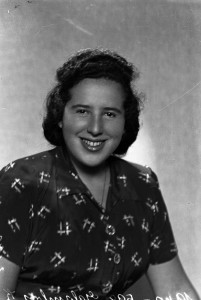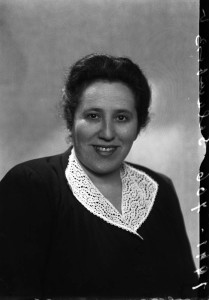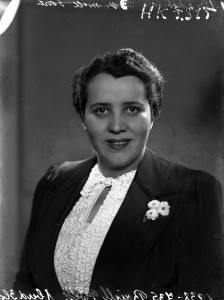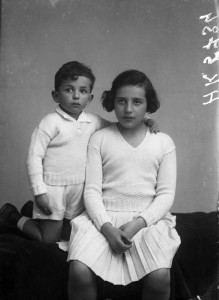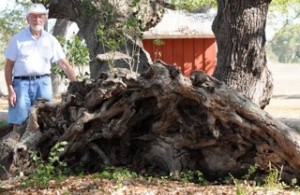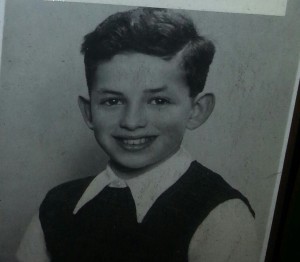On Tuesday 24 March The Violinist was ‘launched’ in Hungary with a public event held in Veszprém, hosted by the University of Pannonia and the Library of Veszprém County. This event was inspired by the article András Dési wrote in Népszabadság (see my previous post). András was invited to take part in the presentation. He sent me this account:
First, I have to say that I’m still under the emotional impact of the event.
It was very well organized, about 50-60 students of the University of Veszprém attended.
I can only appreciate the highest standards of the efforts of the organizers, Ms Eszter ADAM specialist at the Eötvös Károly County Library, Ms Boglárka FALUSSY, Director of the American Corner Veszprém and Ms Judit PALMANN, Director of the County Library. They really deserve all acknowledgement and honour.
The event began with music, two students played violin pieces of Béla Bartók.
After I read the message of Sarah, I introduced Sarah, and spoke about the book, and Boglarka read some excerpts of The Violinist.
Eszter found on the internet a video interview with Clare which was made on the occasion when she donated her two violins to music students in NZ.
It is an excellent video. Clare was saying that one violin was a “female one”, the other a “male one” and how much the latter one complicated her life. Some times she hated the male one, but mostly loved it.
The video was played and followed by a video message of Tibor Weinberger (Tibby Weston).
At the end of the event an old Jewish song was played from the internet, performed by a very famous Hungarian folk singer.
I think everybody attending the event was deeply moved.
Tibby’ Weston’s video, just over 5 minutes, is well worth watching. Tibby, now aged 95, was Clare’s first love and as far as I know, the only living person who knew her before the Holocaust. They found each other again decades later and he remained her dear friend to the end of her life. Tibby was hugely helpful to me in my research and I’m thrilled to have him on record here, from his home in Texas. He answers questions the organizing committee put to him, reading their questions in Hungarian, answering in English. (The questions are understood by his answers.) He illustrated his answers by reading extracts of Clare’s letters to him, again in English.
Tibby himself is quite something. It was originally suggested he should have a Skype interview, but he has a hearing problem which makes that difficult. Undeterred, he came up with this alternative idea, taught himself to make his ‘movie’, then posted it on You Tube! http://youtu.be/wcc2KwqB0Vo
During our email conversations with Klara Szentirmay, who helped organize the event from Wellington, Tibby suggested the music to end the event. He explained:
There is an old Hungarian Jewish song that people in the death camps were singing, that men in the labor camps facing death sang at night to find peace. Here is a version sang by Marta Sebesteny with a violin crying the melody. I am not sure this is being heard in Hungary today, but the song was written in the 15th century and it is the equivalent of Amazing Grace, the melody of the slaves. Listen to it and see how it makes you feel. It was part of the music I sent Clare. https://www.youtube.com/watch?v=siZtBxCCTDs
While Clare’s feelings about Hungary were complicated, she wished her story to be known there. And it’s appropriate that this first presentation was to a predominantly young audience. She was very involved in Holocaust education for the young, and since she donated her violins to what is now called the New Zealand School of Music at Victoria University, she took a close interest in and supported the young musicians who earned the privilege of playing her beloved instruments. Here is the video that András refers to above: https://vimeo.com/53551302
I’d like to thank everyone mentioned above, and anyone else who helped make this event a successful and memorable occasion. For those working towards a Hungarian translation and publication of The Violinist, I hope the response is promising.
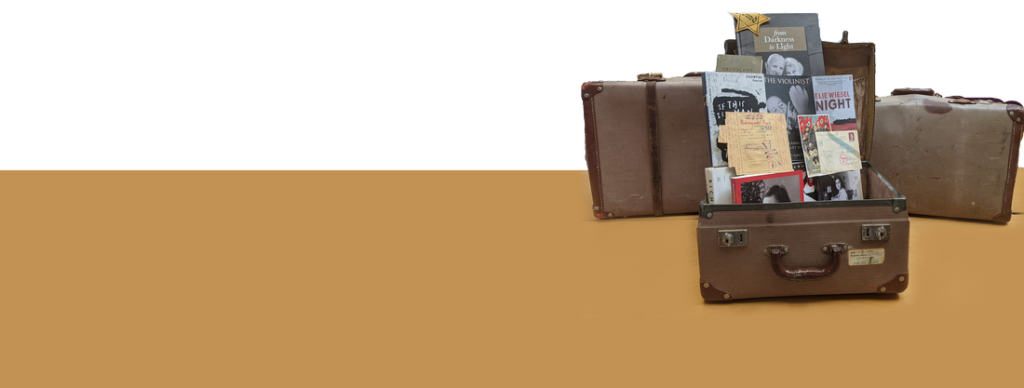 A new initiative to provide material for secondary schools to teach the Holocaust ‘hit the ground running’, says Kris Clancy, Education Director of the Holocaust Centre of New Zealand. The four Holocaust Teaching Trunks travelling the country contain books, items, a teaching guide and links to videos and website activities.
A new initiative to provide material for secondary schools to teach the Holocaust ‘hit the ground running’, says Kris Clancy, Education Director of the Holocaust Centre of New Zealand. The four Holocaust Teaching Trunks travelling the country contain books, items, a teaching guide and links to videos and website activities.